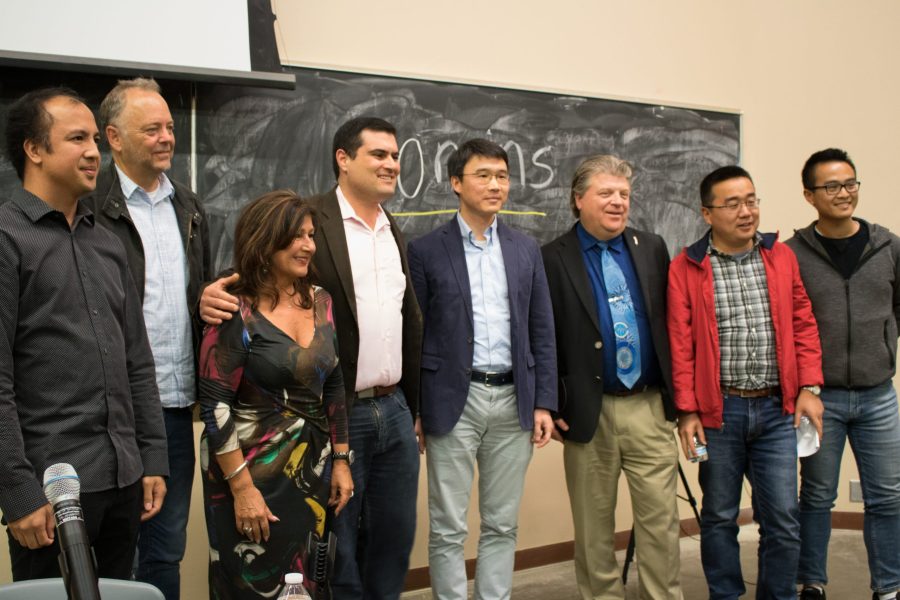The Arthur C. Clarke Center for Human Imagination at UC San Diego held the “Chasing Einstein” event, which featured a documentary of the same name and a panel discussion on current scientific research on the topic of dark matter on Monday, March 2.
The term dark matter is used to describe an invisible particle which does not interact with light but accounts for about 85 percent of the universe. While Albert Einstein did not predict the presence of dark matter himself, his theory of relativity could help explain some observations which suggest the existence of dark matter. However, dark matter has not yet been detected, and some scientists have dedicated their lives chasing and looking for it.
The film, which debuted in fall 2019, was produced by Steve Brown, a filmmaker who studied physics as an undergraduate student. The movie followed several leading physicists, including Elena Aprile, James Beacham, and twins Erik and Herman Verlinde and focused on the human side to their research on dark matter.
The producer Brown spoke on the intersection of his passions for filmmaking and science during the panel discussion.
“Filmmaking is kind of like an unlimited license to pursue your own curiosity…and science is one thing I always care about,” Brown said, “This grand human pursuit of truth is something I have cared about ever since I was a little kid.”
The event put on the portion of the film that included the XENON Dark Matter Experiment, which was designed and led by scientist Elena Aprile, a UCSD’s Margaret Burbidge Visiting Professor at UCSD and a professor of Physics at Columbia University.

For the experiment, Aprile and her team designed a chamber filled with liquid xenon, an element which allows any particle that interacts with it to emit signals in terms of light and charge. These signals allow researchers to detect this energy using photomultiplier tubes, or PMT, and identify the interacting particles. The advantage of using liquid xenon is that the highly purified liquid minimizes the interference and better separates the signal from dark matter from any other substances with similar signals.
Responding to an audience member’s comment on a scene in the film that depicted the failure of the signal detection instrument to locate dark matter, Aprile remained optimistic for future experiments.
“We didn’t fail yet,” Aprile said. “We are searching … it was depressing in that moment, but you get up very quickly … and I keep finding because you believe in what you [are] doing … as Beacham said in the [movie], the only failure is [to] stop searching.”
The researchers at UCSD continue to cooperate with Aprile and work on the calibration and data analysis for the experiment. More information can be found on http://xenon1t.org/.
Photo by Victoria Corpuz for the UCSD Guardian.














